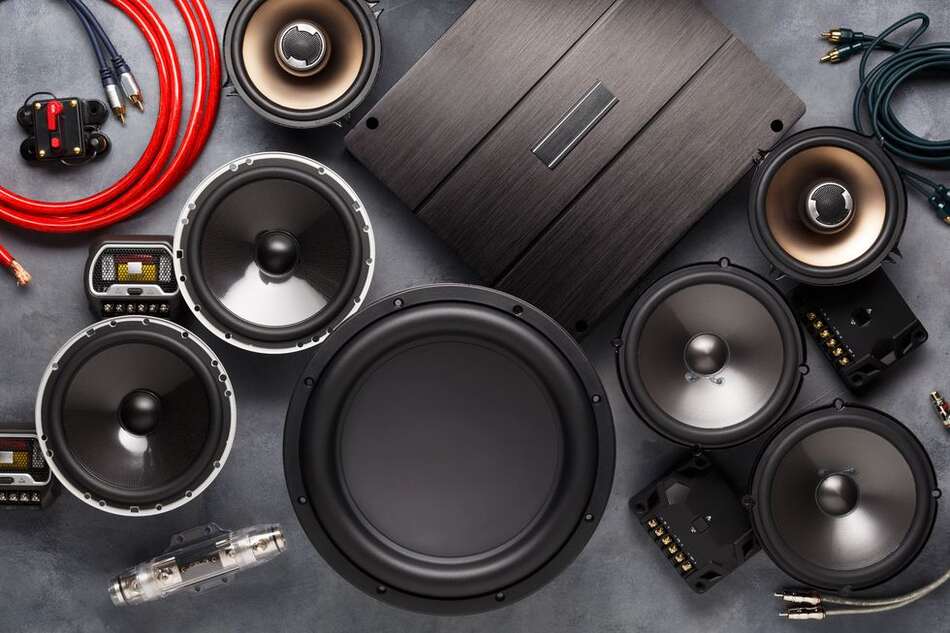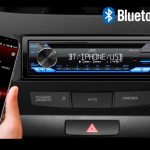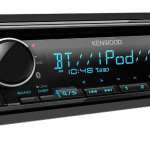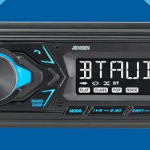Can you mix speaker brands in a car? The answer is a resounding yes. As a car audio enthusiast who has experimented with various setups, I can attest to the possibility and potential benefits of mixing speaker brands in your vehicle’s sound system. My journey into the realm of mixed speaker brands has been one of exploration, customization, and ultimately, enhanced audio quality. In this article, I will delve into the nuances of mixing speaker brands in a car, drawing from my own experiences and shedding light on the compatibility considerations, advantages, and potential drawbacks. Whether you’re a seasoned audiophile looking to fine-tune your car audio setup or a novice seeking guidance, read on to discover the possibilities and pitfalls of integrating different speaker brands into your vehicle’s sound system.
Understanding Compatibility
When contemplating mixing speaker brands in your car audio system, it’s crucial to understand compatibility factors. Speakers differ in impedance, power handling capabilities, and sensitivity levels. Ensuring these elements align is key to achieving optimal performance and preventing damage to your equipment.
Impedance matching is essential to prevent overloading your amplifier. While it’s ideal to match impedances as closely as possible, slight variations are usually acceptable. However, significant disparities can lead to distortion or even amplifier damage.
Power handling capabilities dictate how much power a speaker can safely handle. Mixing speakers with vastly different power handling capacities can result in unequal distribution of power, potentially compromising sound quality and causing damage to the less capable speaker.
Sensitivity levels determine how efficiently a speaker converts power into sound. Mismatched sensitivities can lead to imbalanced sound levels, with one speaker overpowering the other. Harmonizing sensitivity levels ensures consistent and cohesive audio reproduction.
Benefits of Mixing Speaker Brands

Mixing speaker brands offers several advantages for car audio enthusiasts. One significant benefit is flexibility in customization. By selecting speakers from different brands, you can tailor your audio setup to suit your preferences, whether you prioritize clarity, bass response, or overall balance.
Cost-effectiveness is another compelling advantage. Rather than investing in an entire speaker set from a single brand, mixing brands allows you to allocate your budget strategically, prioritizing high-quality speakers for critical listening areas while opting for more affordable options elsewhere.
Furthermore, mixing speaker brands enables you to leverage the strengths of each brand for specific frequencies. For example, you might choose tweeters from one brand known for their crisp highs and midrange drivers from another renowned for their warmth and clarity. This approach can result in a well-rounded audio experience with exceptional detail and depth.
Personal Experience: My Journey with Mixed Speaker Brands
In my pursuit of audio excellence, I’ve experimented extensively with mixing speaker brands in my car. My current setup comprises components from different manufacturers, carefully selected to complement each other’s strengths.
For instance, I opted for tweeters from Brand A renowned for their sparkling highs, seamlessly integrated with midrange drivers from Brand B celebrated for their natural vocals. The synergy between these components enhances every listening session, delivering a rich and immersive audio experience.
While my journey with mixed speaker brands has been largely positive, it hasn’t been without its challenges. Achieving a harmonious balance between speakers with distinct sonic signatures required meticulous tuning and adjustment. However, the effort was well worth it, resulting in a soundstage that surpasses conventional setups in terms of depth and clarity.
Disadvantages of Mixing Speaker Brands
Despite the potential benefits, mixing speaker brands in a car audio system comes with its share of disadvantages. One notable drawback is the possibility of differences in sound signature between speakers, especially when combining models from contrasting brands.
These discrepancies can manifest as variations in tonal balance, imaging, or soundstage presentation, detracting from the cohesiveness of the audio playback. Achieving a seamless integration of disparate speakers may require extensive tuning and equalization, demanding time and expertise.
Additionally, balancing sound characteristics across mixed speaker brands can be challenging. Ensuring consistent tonal accuracy and imaging throughout the frequency spectrum necessitates careful calibration and adjustment, which may be beyond the capabilities of novice users.
Furthermore, warranty issues and support difficulties may arise when mixing speaker brands. Manufacturers typically recommend using components from the same brand to ensure compatibility and facilitate troubleshooting. Mixing brands could complicate warranty claims and technical support, especially if issues arise due to compatibility issues.
Tips for Successful Mixing
Despite the potential challenges, successful mixing of speaker brands is achievable with proper planning and execution. Tips to enhance your experience:
- Research and test speakers extensively before making purchases to ensure compatibility and suitability for your audio system.
- Balance sound characteristics through meticulous tuning and equalization, aiming for a cohesive and immersive listening experience.
- Consider professional installation to optimize speaker placement and integration, maximizing performance and minimizing potential issues.
Common Questions and Concerns
As with any audio-related topic, mixing speaker brands in a car generates common questions and concerns. Here are some frequently asked questions:
While it can enhance sound quality if done correctly, improper mixing may result in inconsistencies and imbalances.
It depends on the manufacturer’s policies. Some may void warranties if components from different brands are used together, so it’s essential to check before proceeding.
specifications and conducting thorough testing are crucial steps to ensure compatibility and optimal performance.
Conclusion
In conclusion, mixing speaker brands in a car is not only possible but can also yield exceptional results when executed thoughtfully. By understanding compatibility factors, leveraging the benefits of mixing, and addressing potential challenges, enthusiasts can create personalized audio setups that elevate their driving experience. Whether seeking enhanced clarity, powerful bass, or immersive soundstages, mixing speaker brands offers endless possibilities for audio customization and enjoyment.









